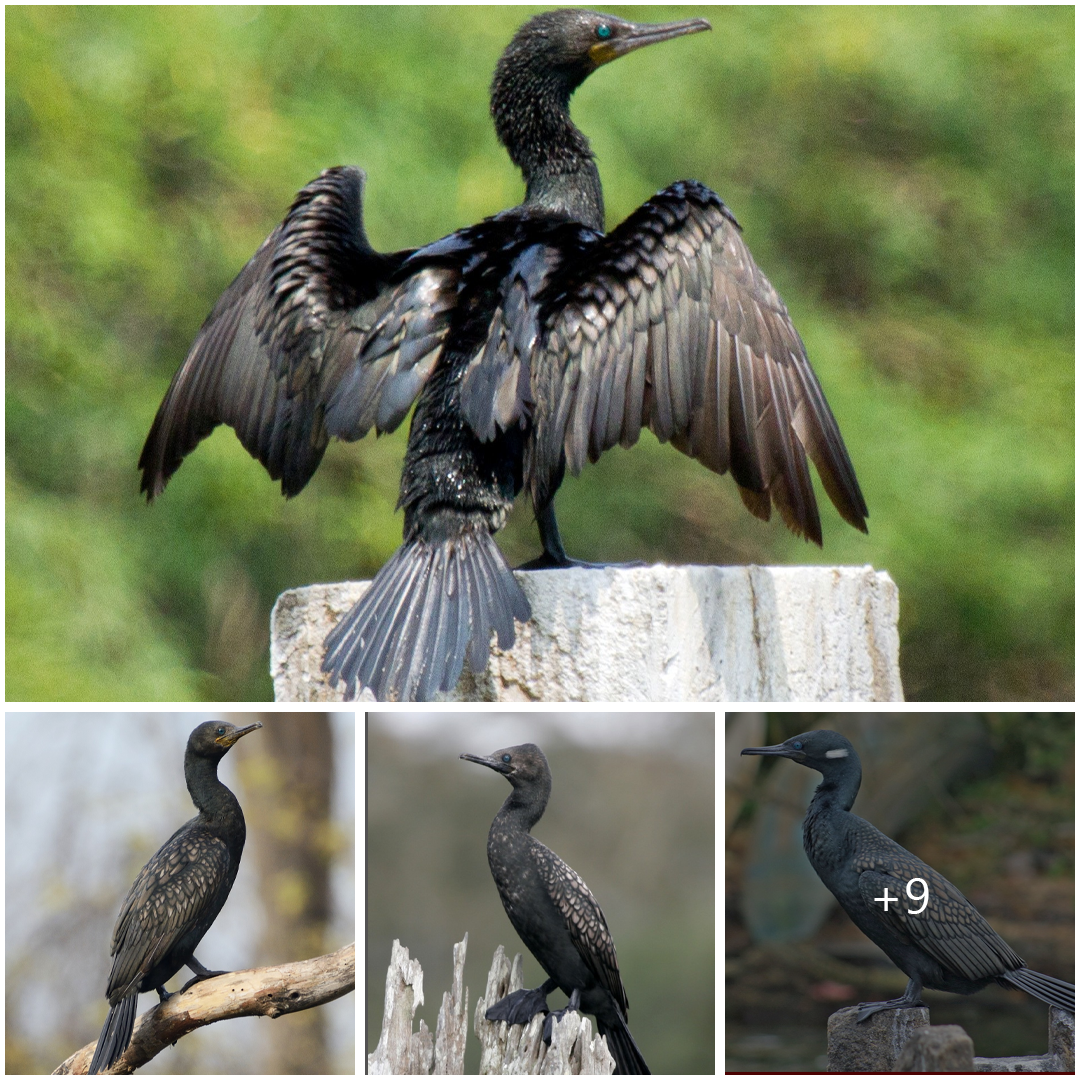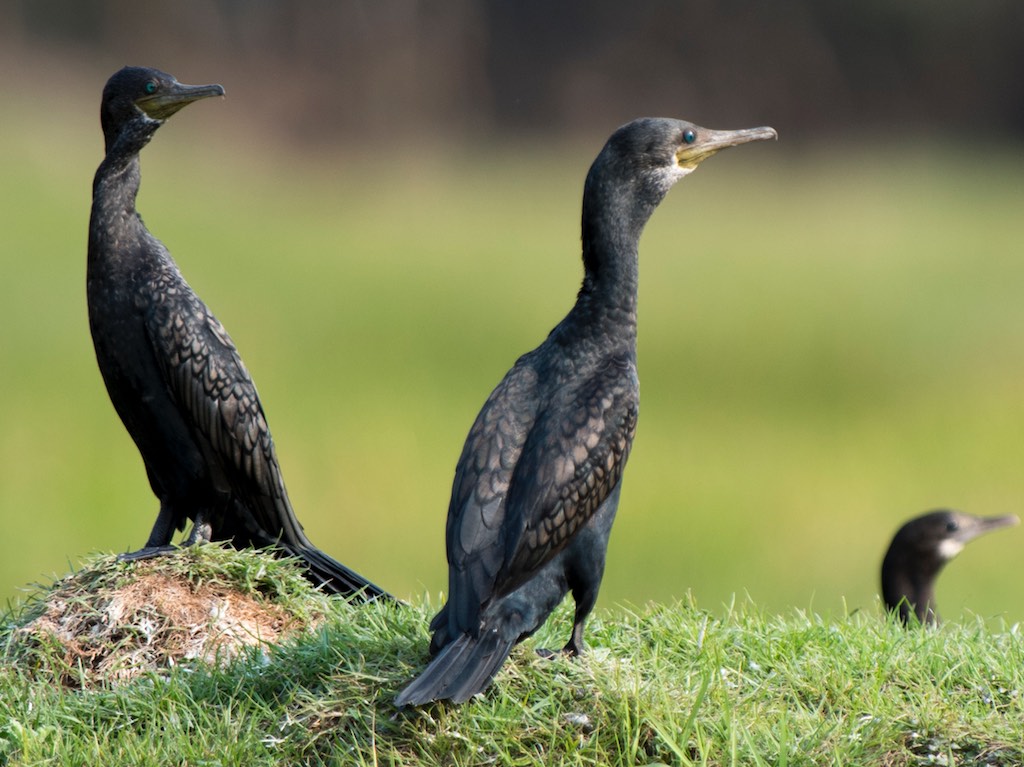
Exploring the Fascinating World of Phalacrocorax fuscicollis
Phalacrocorax fuscicollis, commonly known as the Black-faced Cormorant or the Black-throated Cormorant, is a species of seabird belonging to the family Phalacrocoracidae. Native to the coastal regions of Australia and New Zealand, this distinctive bird has captured the interest of ornithologists and bird enthusiasts worldwide due to its unique characteristics and behaviors.
Appearance: The Black-faced Cormorant is easily recognizable by its striking black plumage, which covers most of its body. However, its most distinguishing feature is the conspicuous white patch on its cheeks and throat, contrasting sharply with the surrounding black feathers. This distinctive facial marking gives the bird its common name. Adult birds also exhibit a subtle iridescence on their feathers, particularly noticeable in sunlight.
Habitat: These cormorants inhabit a variety of coastal environments, including rocky shores, sandy beaches, estuaries, and offshore islands. They are often observed near shallow coastal waters, where they dive underwater in search of fish, their primary prey. Nesting colonies are typically established on rocky cliffs or islands, providing protection from terrestrial predators.

Behavior: Phalacrocorax fuscicollis is a proficient swimmer and diver, utilizing its streamlined body and webbed feet to navigate underwater with agility. With remarkable underwater endurance, these birds can dive to considerable depths in pursuit of prey, remaining submerged for extended periods before resurfacing. Their diet primarily consists of small fish, which they catch by diving and spearing with their sharp bills.
Breeding: Breeding season for Black-faced Cormorants typically occurs from late winter to early summer. During this time, pairs engage in elaborate courtship displays, including mutual preening and ritualized behaviors. Nests are constructed from seaweed, twigs, and other available materials, often in colonies with other seabird species. Females typically lay two to four eggs, which are incubated by both parents. Chicks hatch after a few weeks and are fed regurgitated fish by their parents until they fledge.
Conservation: While the Black-faced Cormorant is not considered globally threatened, certain populations face localized threats, including habitat destruction, pollution, and disturbance of nesting sites. Conservation efforts are focused on protecting key breeding colonies and mitigating human impacts on coastal ecosystems where these birds reside.

In conclusion, Phalacrocorax fuscicollis exemplifies the remarkable diversity of avian life found in the coastal regions of Australia and New Zealand. With its striking appearance, proficient diving abilities, and intricate breeding behaviors, this species continues to intrigue and inspire those who study and appreciate the wonders of the natural world.





